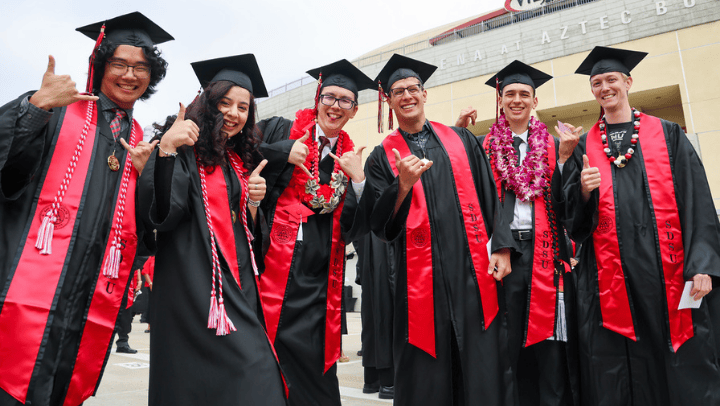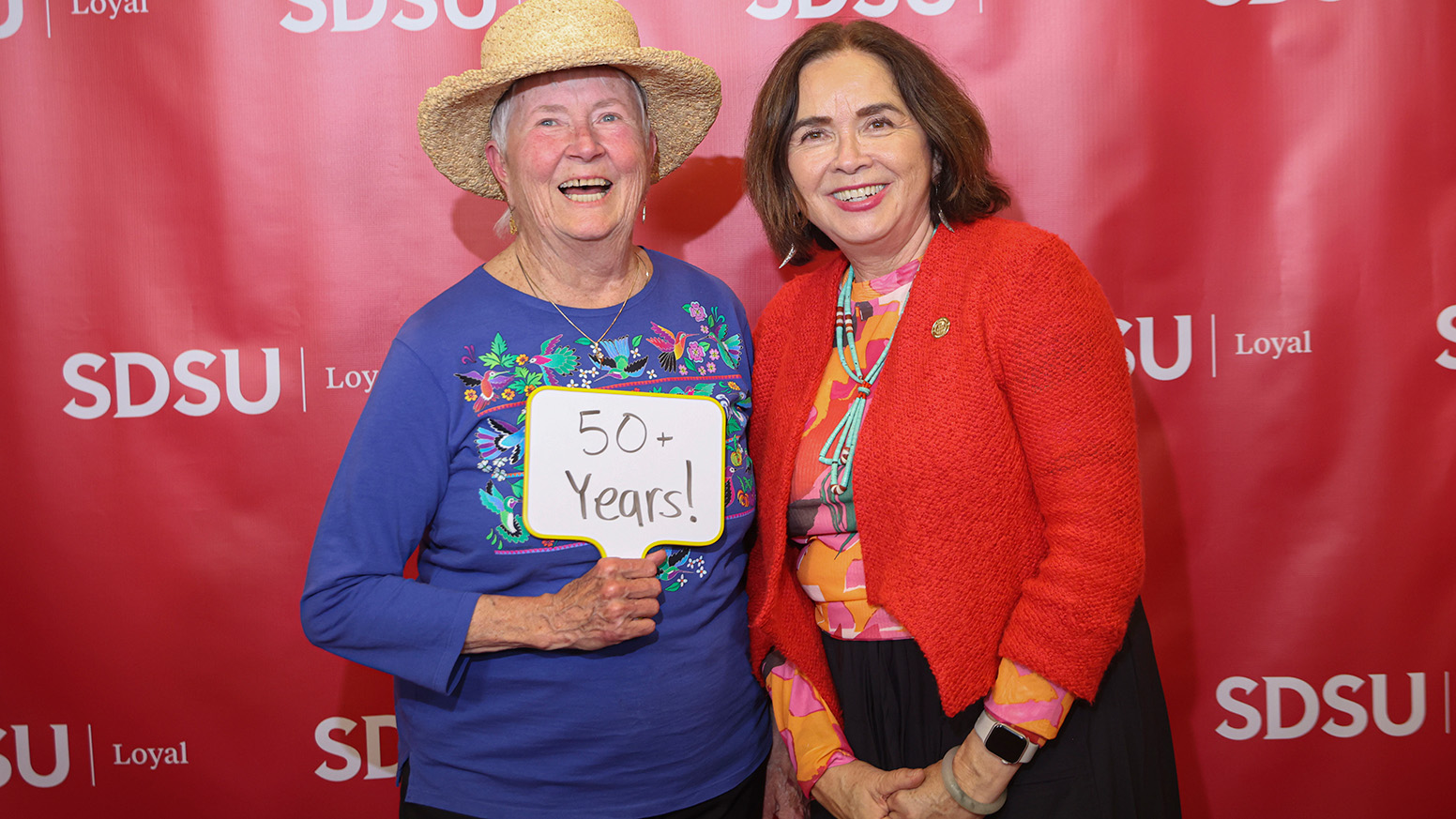I Can See Clearly Now
Physics professor Matt Anderson is the 2014-2015 Senate Distinguished Professor.

“Potentially, this is a real game-changer in online space. Our support for Learning Glass research and development will continue to be significant.”
Physics professor Matt Anderson used to fret about the students in the back of the room—the ones who struggled to get through his Introduction to Physics with Calculus.
Because the class is mandatory for many science and engineering majors, enrollment can exceed 400, and that becomes a stumbling block for students who need more face-time with the instructor.
Anderson, recipient of five outstanding faculty awards including this year’s Senate Distinguished Professor Award, resolved to find a solution.
New look at learning
With a $75,000 California State University (CSU) grant, he redesigned Physics 195, and is testing the new course format this spring.
Central to the class is Learning Glass, a teaching tool developed by Anderson with support from San Diego State University’s Instructional Technology Service (ITS).
Learning Glass is a see-through white board that allows an instructor to face the students as they observe him solving problems step-by-step. The software in Learning Glass “flips” the instructor’s words or figures so students see them face forward.
Real-time feedback
In Anderson’s redesigned course, students view most lectures online, either as they occur or later on Anderson’s proprietary YouTube channel.
Two or three times per semester, each student attends live, small-group lectures during which Anderson uses Learning Glass to demonstrate and solve problems with real-time feedback from the students.
Early data analysis has shown a positive linear relationship between students' midterm grades and the number of times they log into the live lecture.
Positive student response to Learning Glass led to CSU funding for three additional classes using this technology—two in mathematics and statistics and one in economics. To date, SDSU has received nearly $200,000 in grants related to Learning Glass projects.
“Potentially, this is a real game-changer in online space,” said James Frazee, ITS director. “Our support for Learning Glass research and development will continue to be significant.”
Student-centric
Anderson acquired a reputation for being student-centric since his first academic year at SDSU in 2000-2001. He resurrected the Physics Club and served as adviser for 13 years, during which the group won several outstanding chapter awards.
He also initiated oral presentations, which morphed into team presentations, in order to build confidence and rhetorical skills in his senior-level students. Many of Anderson’s former students work for leading companies like Cymer, Illumina, General Atomics and Daylight Solutions and one is attending MIT.
YouTube celebrity
In addition to the Senate Distinguished Professor Award, Anderson received the Outstanding Physics Faculty Award in 2012 and 2010; and an Outstanding Faculty Award in 2007. In 2004 he was recognized with an Excellence in Teaching Award from Northrop Grumman for his commitment to high teaching standards.
His YouTube channel has more than 300 videos—mostly self-created—that demonstrate and explain the complex physics concepts Anderson teaches in class. The channel has 1,200 subscribers and upwards of 360,000 views.
Anderson is also active in faculty affairs. He served in the SDSU Senate from 2006 to 2012, was chair of the Faculty Affairs Committee in 2012-2013; served on the Areas of Excellence Review Committee and took part in the search for a new dean for the College of Arts and Letters.
Faculty and staff are invited to Anderson’s lecture, “The Learning Glass Project,” at 3:30 p.m. on Tuesday, April 28, in the Conrad Prebys Aztec Student Union Theatre.



